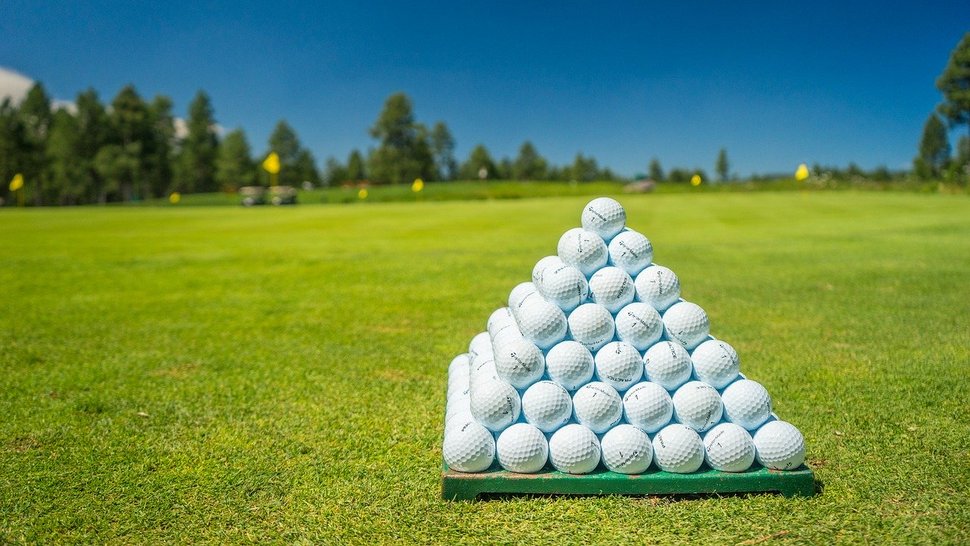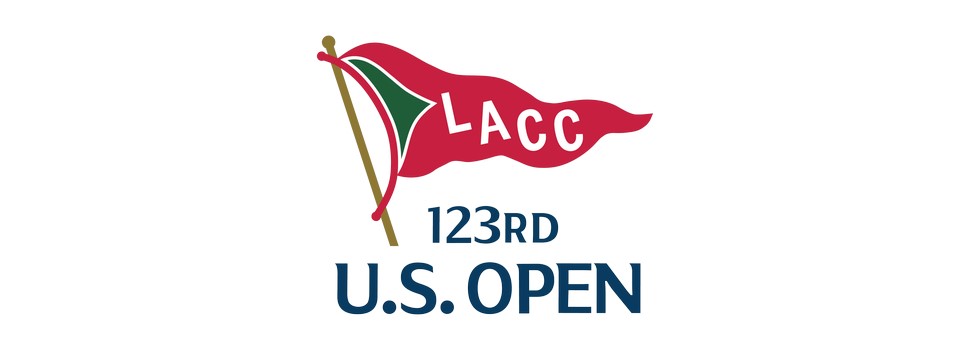Los Angeles, CA. During Wednesday’s pre-U.S. Open press conference, lead officials from the United States Golf Association (USGA) addressed a number of key topics concerning this week’s championship and a few other topics of note.
Much of the focus centered around the return of the U.S. Open to the Los Angeles area for the first time in 75 years with the staging of this week’s event at The Los Angeles Country Club.
There was also other information presented on the future of men’s professional golf — the PGA TOUR and LIV — and the role the USGA is playing to spur greater involvement within golf for minorities.
However, another key topic was discussed — albeit narrowly – but no less consequentially. The topic has the clear potential to send lasting seismic shock waves throughout the sport. How ironic for that brief discussion to take place in Los Angeles where the propensity for earthquakes to take place here and throughout California is ever real and growing.
Let’s take a step back, before pontificating ahead, on what’s involved.
The USGA and the R&A have voluntarily served as golf’s governing bodies for well over a century and have been acknowledged by other key groups within the sport to unilaterally act in that much needed role.
The governing bodies have also historically been acceded the primacy in making rules in the most critical of areas — golf equipment. The most immediate focal point being golf balls and the distances produced by elite players.
The various professional organizations within golf, primarily the PGA TOUR and the PGA of America, and those involved in the production of golf equipment — have historically followed such past rule implementations.
This past March the USGA and R&A announced that commencing at the earliest on January 1, 2026 a new set of golf ball equipment rules will be in effect for elite competitions. There is now a comment phase which lasts till August 14, 2023 for any person, organization or company to provide their thoughts on the proposal.
The rollback of the golf ball has been a center of debate from many voices within the sport for a number of years. Some have advocated that without such a curbing of distance the sport will only follow a worsening path where holes / courses will need to be further lengthened only adding more costs — chiefly water — to keep them functioning.
There is also an equal concern that at the highest of competitions the sport has become too much of a power display where the full range of shotmaking has become too distorted and limiting. The governing bodies have long studied the issue but the announcement this past March brought to the surface a monumental shift in thinking and how that works its way through the various constituencies within the sport remains to be seen.
PGA TOUR players have been briefed on this topic by the USGA and the pushback from a number of players was considerable. Keep in mind, those same players have very close bonds — personal and financial — with the leading golf ball equipment producers. Promoting a ball that flies less than the one currently being used is not going to work with those playing recreationally. Why would those players opt to do that when getting more distance is a central emphasis point.
That feeling was echoed by David Maher, CEO of Acushnet, which produces the largest percentage of golf ball sales via its Titleist line-up.
“As we see it, existing golf ball regulations are highly effective. … The proposal of golf ball bifurcation is in many respects a solution in search of a problem.”
The proposal would essentially split the game of golf in two distinct parts. Those competing at the elite level would have to use a ball traveling roughly 10-15% less than current ones permitted. Essentially, that would mean bringing back the distances achieved to the level produced in the 1990s.
However, those playing golf at the recreational level would still be able to use existing golf balls. In short, a bifurcation of the rules would take place.
It’s important to keep in mind the USGA does not define the proposal as a bifurcation but a Model Local Rule (MLR). For the sake of coherence — the game of golf which has long played under the banner the rules applied to everyone — would be effectively split between different skill levels.
Needless to say, the word “rollback” is not exactly the way in which the USGA and R&A would like to see the topic framed. Mike Whan, the CEO of the USGA, said as much during the Wednesday press briefing. But the word “rollback” is sticking to the debate and anytime someone wishes to limit something it invariably will cause deep feelings from those infringed upon.
The governing bodies have no enforcement mechanism and can only specifically apply the MLR for those events which it runs under its respective banners. That would mean the U.S. Open and The Open Championship respectively would be played with the rolled back golf ball. The other two majors are also independent from the other two and it appears The Masters would likely adopt the new golf ball rules. Whether the PGA of America would do similarly for its flagship event, the PGA Championship, is not known with certainty at this moment.
In short, the USGA and R&A are in the persuasion business and, thus far, the persuasion is not exactly being uniformly loved.
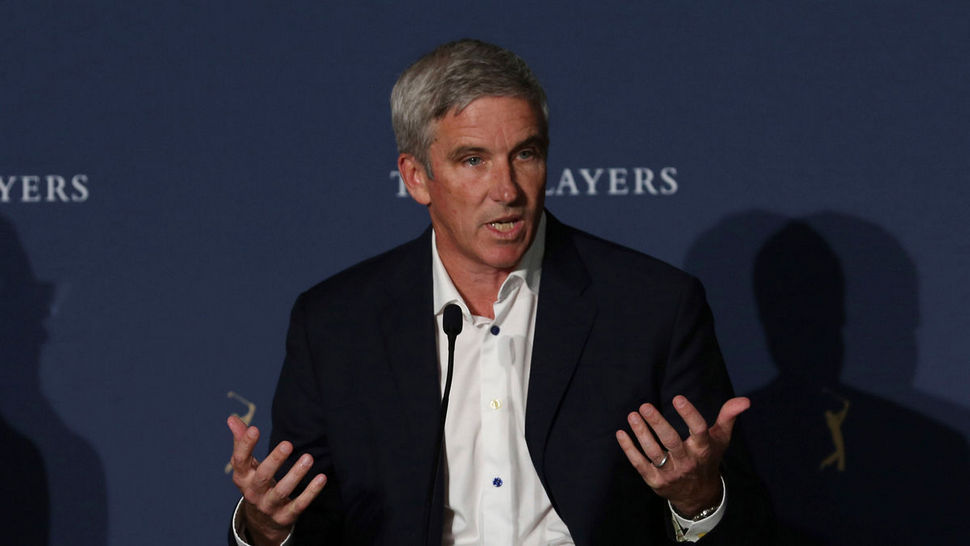
The mechanics and application of the MLR would also be hard to decipher at this moment. How far does one apply “elite competitions?” Does that mean solely professional events? Does it mean high level competitions at the amateur level? How far would such elite amateur competitions reach? Would that mean individual clubs could enact an MLR for club championships or other notable events?
Other bigger questions remain. What if the PGA TOUR opts not to implement the MLR for its events?
What if the key ball manufacturers opt to sit it out and not produce them?
While the PGA TOUR does not own or administer any of the four major golf championships, the weekly influence of the TOUR and its key players has a significant impact on how the game is viewed by millions globally.
While the USGA and the R&A have built credibility over many years the ensuing brouhaha on this topic could cause a rupture that’s not so easy to correct. The central dimension of note is that both governing bodies have to convince others that following its lead is in their best interest. As someone told me long ago — when the subject of “interest” comes up — those viewing such matters think first of the self-interest over the perceived general interest.
Being on the regulatory side is no easy matter. There are no tools for the USGA and R&A to mandate usage. The proposal is not the equivalent of a governmental decree with a mandatory usage. The other stakeholders within the sport have vastly different constituencies and the PGA TOUR in concert with the major equipment companies have a clear role to play in whether this rollback can gain meaningful traction.
The PGA TOUR and equipment companies share common interests in having the world’s best players use the finest products produced. Through the weekly broadcasts of professional golf it is these products that are advertised and highlighted for the benefits they produce.
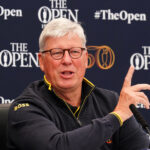
Related: Governing bodies aim to ‘bring the game along with us’ in shorter ball proposal
What real incentive would the equipment companies have in producing “rolled back” golf balls that are only going to be used by a very small percentage of players?
The core nature of golf ball manufacturers comes from the sheer marketing and branding efforts they send out to consumers. What would be the incentive for them to tout something that effectively goes less distance?
While the good of the game is viewed as a common intersecting point for many — for others the bottom-line reality of how much money is at stake can often take a higher level of emphasis.
For TOUR players the issue would be why the need to adjust to two different ball types — one used for TOUR sanctioned events and then another for the major championships?
The ensuing public relations battle is likely to intensify with the golf ball companies clearly pushing back against what they view as an unnecessary action by the USGA and R&A.
The governing bodies have been under intense pressure from other groups within the sport to finally take meaningful action on the topic. Serving as a referee in any sport is a difficult task and for the USGA and R&A it means often telling active constituencies what they don’t want to hear.
There is no sure pathway at this moment that ensures solidarity and harmony is just ahead. In fact, quite the opposite could be brewing.
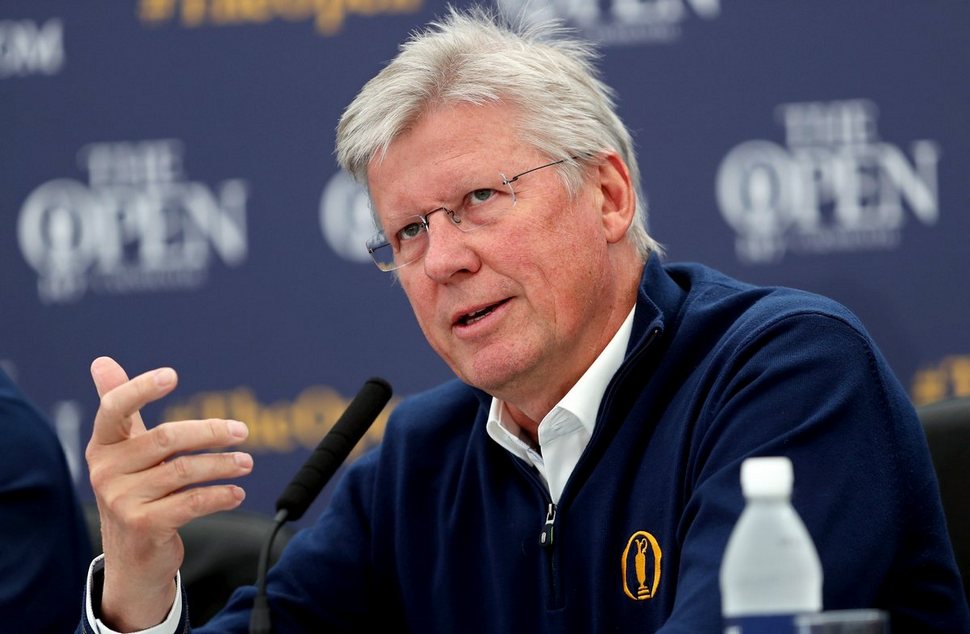
The USGA smartly created an outreach effort going back to 2018 when former world number one player and three-time major winner Nick Price was invited to sit on the USGA’s Executive Committee. This was the first time a professional player of note was asked to be a part of the inner sanctum of decision-makers and much of that stemmed from past debacles on how the USGA had prepared host venues for its Open Championship.
The USGA went even further in creating an active position — with Jason Gore named in March 2019. The position would mean having a professional player serving as a liaison between the association and those at the professional level. Scott Langley has since succeeded Gore in December, 2022.
At the end of the day — the genie was allowed outside the bottle years ago when the USGA and R&A were tortoise-like in dealing with clear signs the equipment debate was evolving rapidly with a range of technological improvements.
Comprehensive actions that could have been taken at those key moments were missed and the desire to play catch-up now is going to be a far harder hill to climb.
While the USGA and R&A see the debate as clear and convincing the other stakeholders see the matter from an entirely different lens and interest.
The growing divide is not as wide as the Grand Canyon and common ground may still be a doable result. Whan said it succinctly during the press conference that feedback is not an easy matter and there will be those who see such matters entirely differently. But he also stated emphatically that standing up for the game’s long-term interests is what’s needed and something the USGA is prepared to do.
The bigger question is can all sides truly listen and learn from one another and ultimately do the rules making organizations still have a lasting role in the game’s future.
Choppy golf waters are forthcoming with the stakes for the sport difficult to fathom with total certainty.
In short — buckle up.
